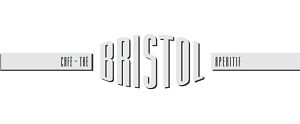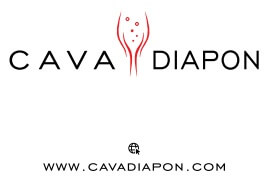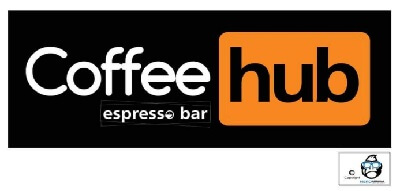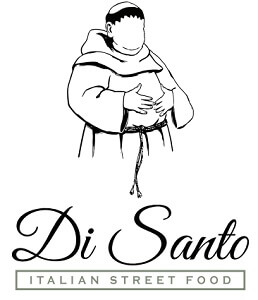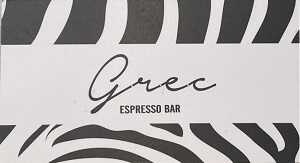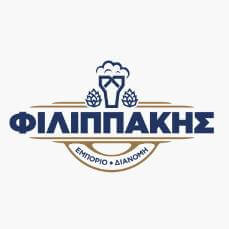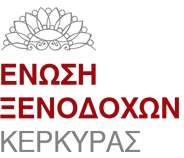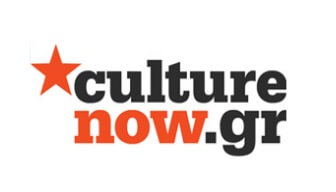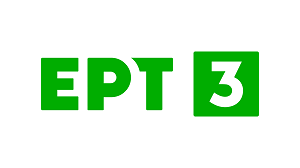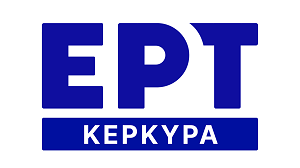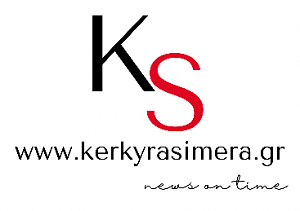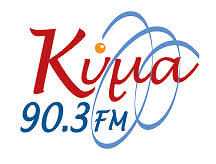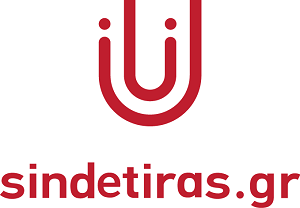Introduction
According to Maturana and Varela, the recurrent interaction of unit and medium causes structural coupling, which is reflected in a patterned cognition of organizing autopoietic complex. (Maturana and Varela, 1972). According to Donna Haraway only sympoiesis as complex, dynamic, responsive, situated, historical system is enabled to incorporate a complex interrelation of system as such.
Objective
In the paper I focused on the pattern of communication coupled systems human and more than human. The grid pattern I recognize as cultural pattern, human based principle of written communication. Unlike a rectangular grid arrangement relates to a human written and printed communication, electronic writing has a character of a cross-linked and developing writing technique. While the grid is specific human pattern, the rhizome is metaphor of organization of sympoietic system.
Philippe Bootz reflected digital and postdigital approach to communication by description of a procedural model and the introduction of performative signs (as a part of the aesthetic approach to communication). The information which flows from the source (made by authors) to the target (reader’s reading) could be embodied in the variable forms of code and represented, manifested, or articulated on/in various interfaces, instead of the plane and rectangular of "screens". The posthuman approach of communication change the point of view, which is focused on a human, to the wider equal interrelations of technical, biological, and human intelligent actors.
Summary
The digital text materiality is defined by the relation of digital text layers, relation to patterned text and random elements that influence its form manifested or actualized on/in different interfaces. Together with the changed connections in which text is produced, perceived, and manifested it creates a backdrop for redefining patterned form not only in the digital space, but also in a hybrid space. A new line of focus in which we can find the redefinition of patterned digital communication a model of its notation – ‘transient pattern’.
The scope of research - method
A project based on two scopes of research. The first area is based on cybertext theory implementation (Aarseth, 1997) and principle of modular organization (Manovich. 2001) generating patterns. The postdigital text layout (in the meaning of wider notation of patterned digital communication) as an open and complex system that depends on two types of materiality based on the processing mode. The first is the text of programming code, invisible for users, and the second the text structure of visible interfaces as a Transitoire Observable (Bootz, 1999). Hybrid interface than relates to disappeared border of real and the other space (Haraway, 2004). The second area of research is based on application of randomness to the patterned communication (Hayles, 1999). Both scopes of the arguments inspired by the idea of Rhizome (Deleuze and Guattari, 1980), was reevaluated by posthuman view and leads to model of layout of patterned postdigital notation of communication between human and more than human.
Conclusion
These arguments lead to bringing a new theoretical model of patterned digital communication – ‘transent pattern’. The approach in which the new digital layout is created is related to an inevitability of human and machine intelligent agent collaboration – in position of hybrid intelligence, in where the interrelation of human and more than human elements of interaction leads to the open vision of digital text production in the representation of its layout which could be manifested on/in many different interfaces.
Artistic communication carries the value of aesthetic action, which draws the audience into the imaginary world of the author's work in which she or he tried to find form of communication between human and more than human.
Algorithms of digital layout will take command of interrelation of defined and actual random iteration agency of human, and more than human elements and place of digital text manifestation processed by computer intelligent agents and manifested in the patterns of digital text organization as a kind of notation. In this paper, I provide a vision at how it is possible to see a model for solving digital layout patterns which includes human and more than human interrelation of embodied communication. I describe this solution as a transitional model and combine it with redefining form of patterned digital communication as such, and with the involvement of all communication actors as producers of this model realized alongside the Art, Science, and technology works.
I was graduated a Ph.D. at TBU Zlin, in Multimedia Communications, Czek, master’s degree at AFAD-design, Bratislava. I am an external researcher at Cardiff MET University, UK in Metatechnicity research group. I took Erasmus Exchange Scholarship at Cardiff MET and Ionian University, Corfu. In my research, spanning Art&Sci, I focused on the posthuman speculative practical and theoretical approach to patterned human/more than human communication. I published book “From Grid to Rhizome” and text articles. I exhibited in Vienna, Bratislava, Lisbon. The last, international exhibition, INTERSPACES, was opened in 2022 at Galeria da Faculdade de Belas Artes da Universidade, Lisbon
Back
SPONSORS
 Agora Restaurant Grill House
Agora Restaurant Grill House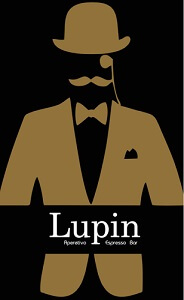 Lupin Aperitivo Espresso Bar
Lupin Aperitivo Espresso Bar

